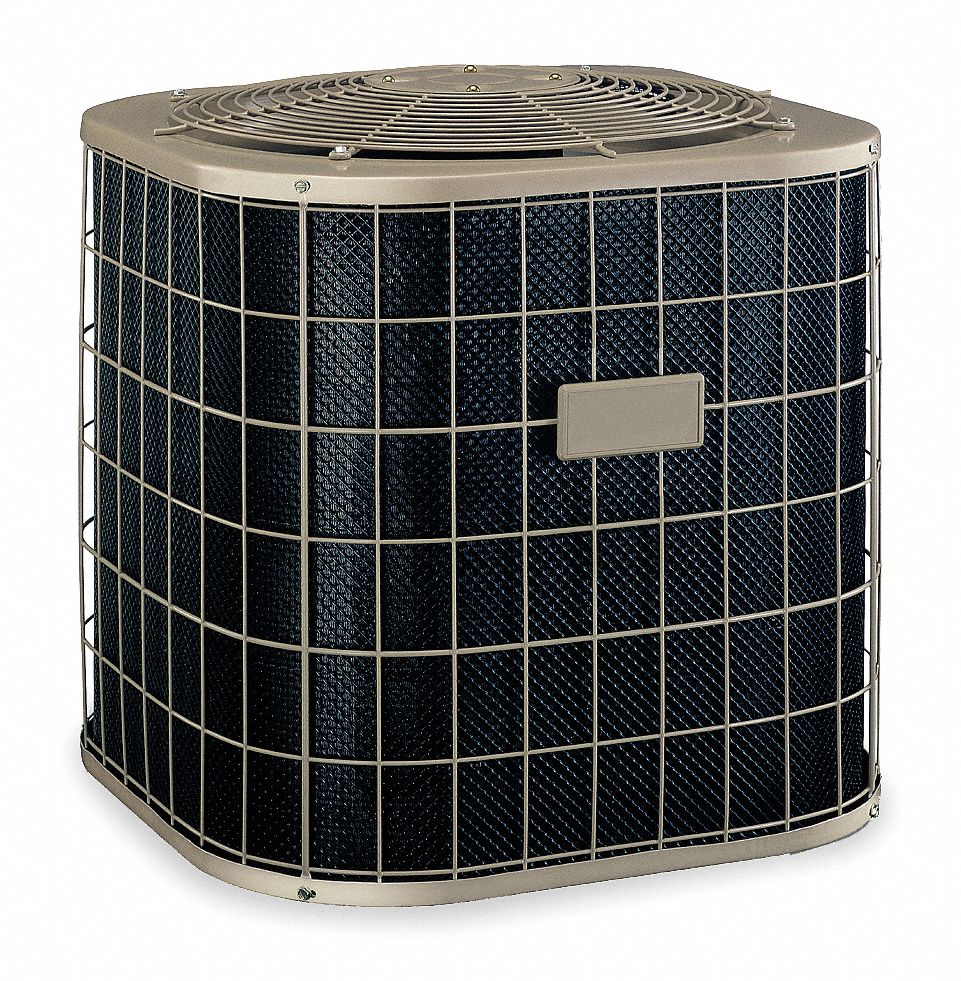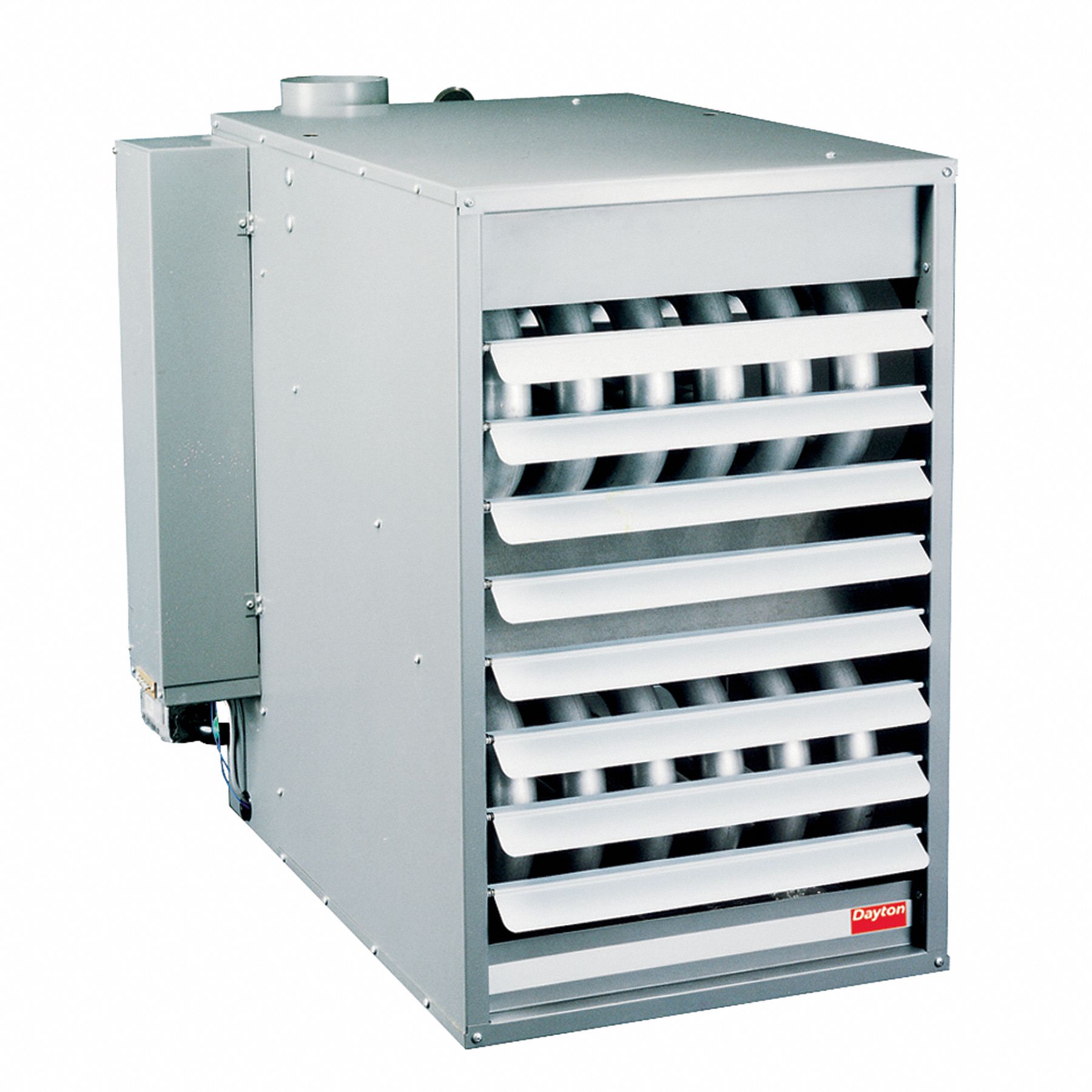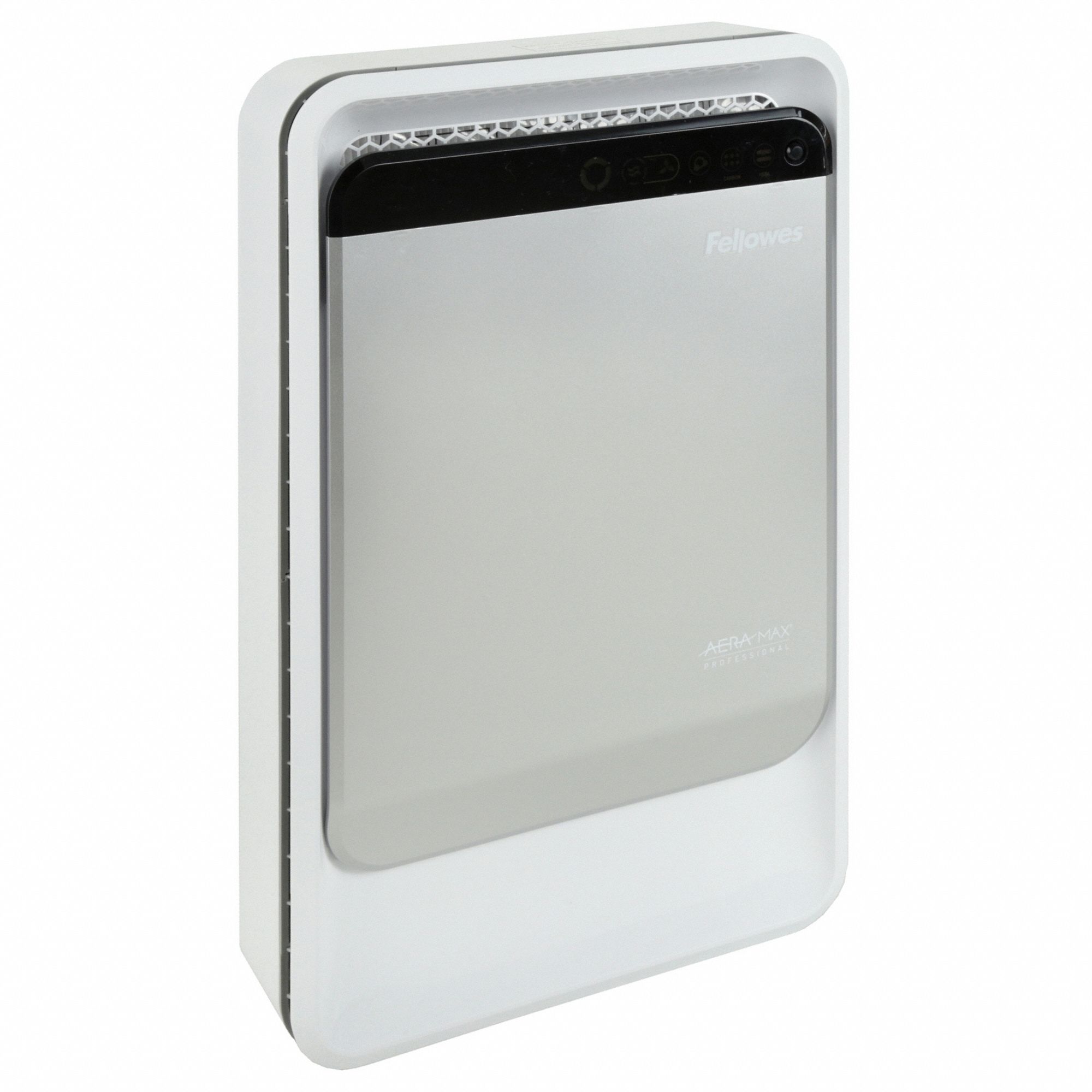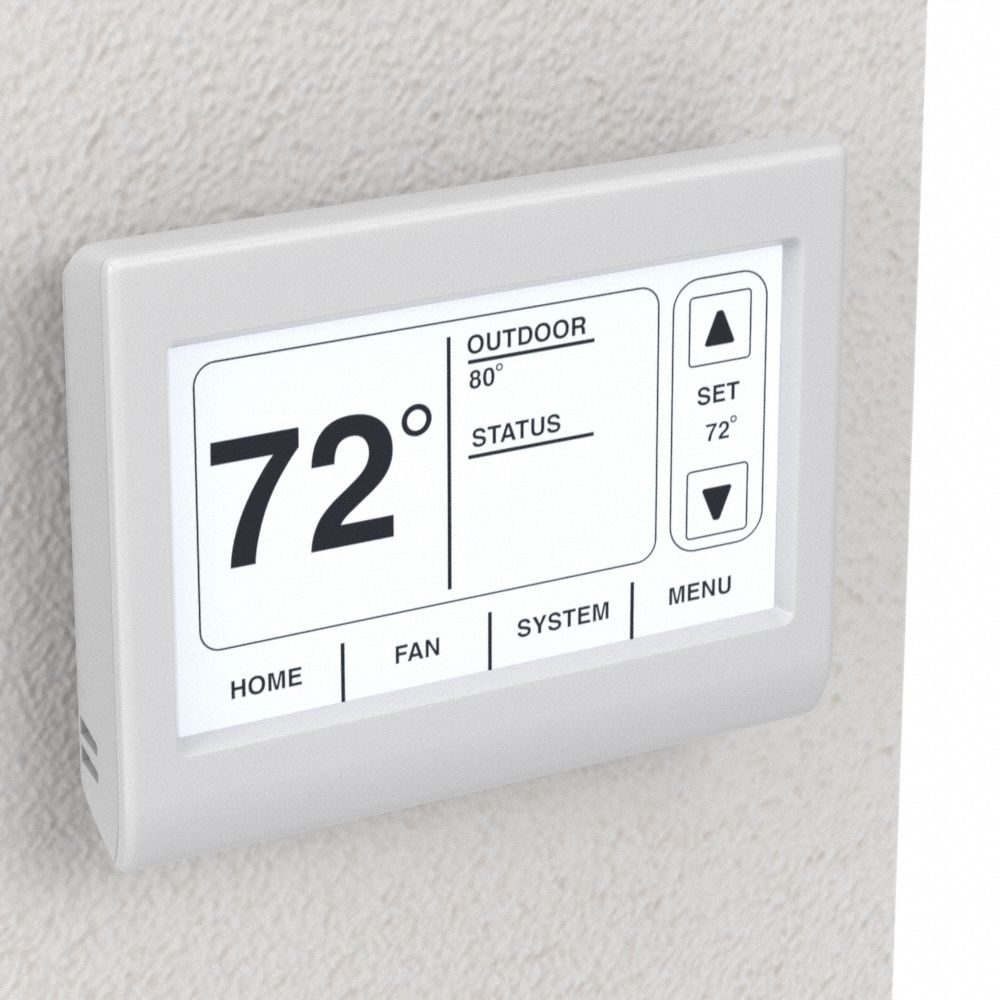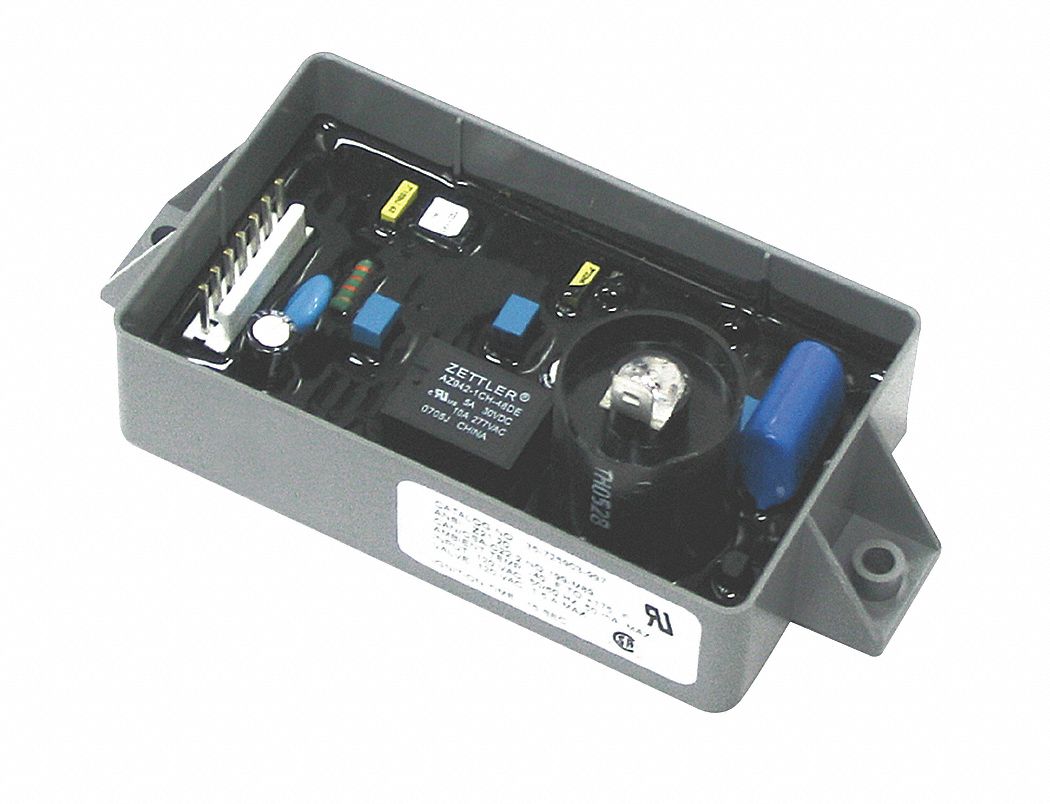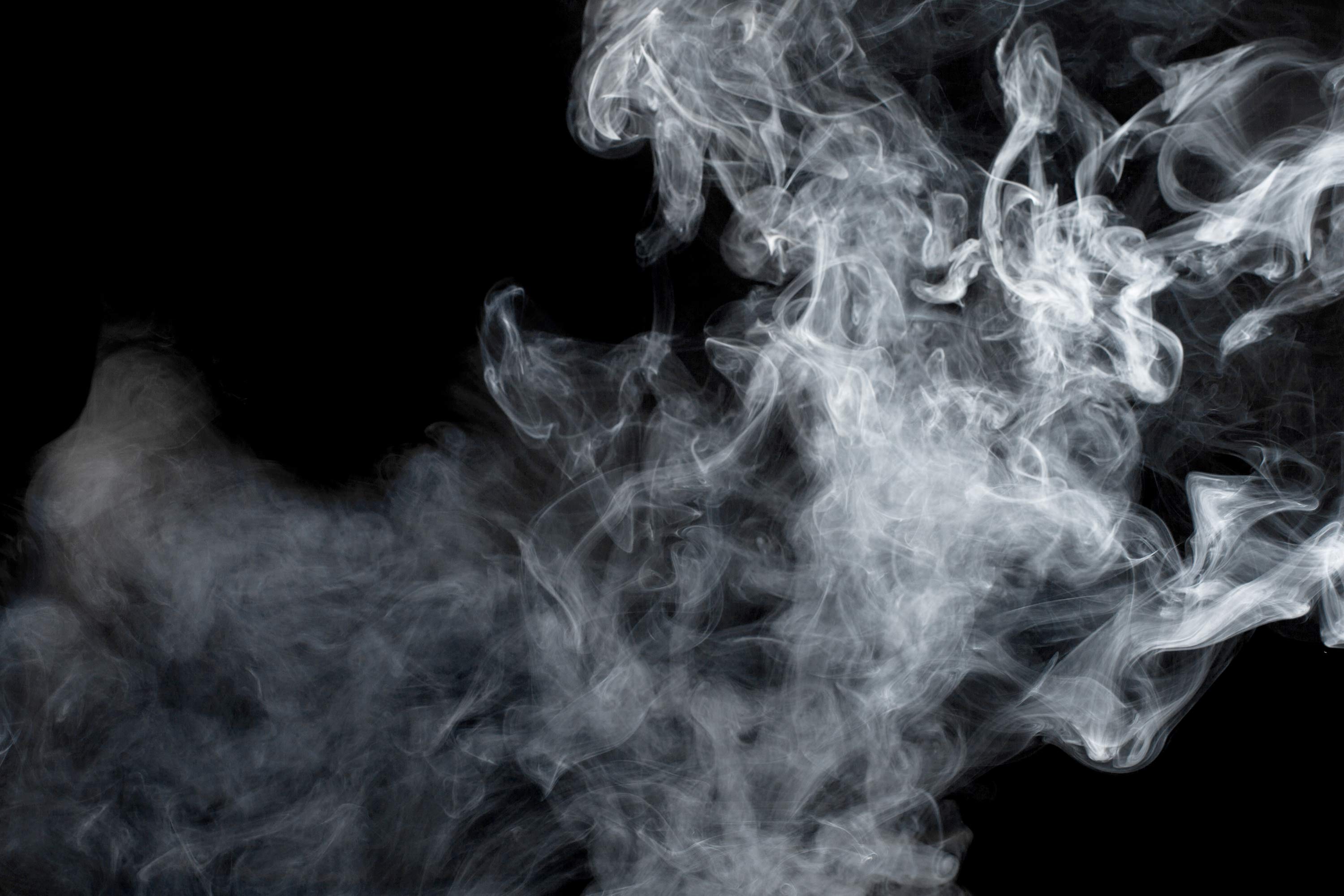

Cleaner Air Spaces Can Mitigate Wildfire Smoke Dangers
By Grainger Editorial Staff 9/9/21


In recent years, wildfire smoke has become a serious health concern in many parts of the country—not just in the western states where the risk of large wildfires is highest. Building managers can take steps to help protect occupants from the health dangers associated with wildfire smoke.
The Smoke Is Spreading
The 2020 wildfire season was historic, darkening skies on the West Coast and delivering smoke as far away as northern Europe. In July 2021, smoke from wildfires in the western U.S. and Canada traveled thousands of miles on the jet stream, leading to unhealthy air quality in the Midwest, New England and parts of the Northeast.
If it seems like these once-unthinkable events are getting more common, it's not just your imagination. According to research published in the Proceedings of the National Academies of Sciences in the United States of America (PNAS), wildfire smoke pollution has dramatically increased since the mid 2000s, and it now affects regions far beyond the western U.S., where the largest fires occur.
The Health Consequences Can Be Serious
Wildfire smoke exposure can happen even in areas that are thousands of miles from fire danger, and the health consequences can be serious. According to the CDC, wildfire smoke contains particulate matter and gases that are associated with many respiratory and cardiovascular illnesses.
Fine particulate matter, or PM2.5, is especially harmful according to the CDC, and it makes up a large part of wildfire smoke. By mass, 90% of the particulate matter produced by wildfires falls into this dangerous category. Epidemiological studies have linked PM2.5 with health problems including inflammation, cardiovascular illnesses and significant decrease in lung functionality. Pregnant women, children, older adults and people with preexisting conditions such as asthma are among the groups at greatest risk.
Plan to Create Temporary 'Cleaner Air' Spaces in Commercial Buildings
Changes to HVAC and other building operations can help prevent exposure to PM2.5. Building engineering organization ASHRAE has published a framework with guidance on how commercial building occupants can plan to mitigate harmful wildfire smoke when necessary. ASHRAE recommends that building managers monitor notifications from their state and local health departments, which will offer guidance when actions are needed to protect the public. ASHRAE suggests that managers consider implementing their smoke readiness plans when vulnerable populations are expected to be affected by poor air quality. More information about outdoor air quality conditions can be found at AirNow.gov.
ASHRAE's planning framework includes detailed technical guidance on maintaining, optimizing and testing HVAC systems, as well as recommendations for other operational changes during periods of smoke danger. One of these recommendations is that building managers develop plans to create temporary "cleaner air" spaces within the building.
To set up a temporary cleaner air space, ASHRAE recommends using portable air cleaners that have HEPA filters or other high-efficiency filters and that are adequately sized for the space. More than one unit may be necessary for a single space.
To size a portable air cleaner, look at its clean air delivery rate (CADR). In areas affected by wildfire smoke, the Association of Home Appliance Manufacturers (AHAM) recommends using a unit with a smoke CADR equal to the square footage of the room. Learn more about CADR and sizing air cleaners here.
ASHRAE recommends avoiding air cleaners that are ionizers or ozone generators.
According to ASHRAE's planning framework, cleaner air spaces are especially important in buildings with systems that are unable to use MERV 13 filters and maintain positive air pressure.
What Can Individuals Do at Home?
ASHRAE's wildfire smoke mitigation measures are designed for commercial building managers, but the clean room concept can also work at home. According to the EPA, creating a clean room at home can help reduce exposure to smoke when the outdoor air is unhealthy.
When setting up a clean room at home, the EPA recommends that you:
- Make sure to pick a location that's big enough for everyone to be in. Stay in that location as much as you can.
- Keep smoke out by closing doors and windows.
- Cool the space with fans and air conditioners, but limit fresh air intake when possible. Don't use evaporative coolers or single-hose portable air conditioners in smoky conditions.
- Avoid doing things that create smoke or particulate matter, such as:
- Smoking
- Using propane, gas or wood-burning stoves or furnaces
- Spraying aerosols
- Frying or broiling
- Lighting candles or incense
- Using a vacuum that's not equipped with a HEPA filter
- Keep the room clean by dusting or mopping with a damp cloth.
The CDC's guidance on home clean rooms has detailed HVAC recommendations:
- HVAC systems with fresh air intake should be set to recirculate mode, or their outdoor intake dampers should be closed.
- Outdoor air dampers on window air conditioners should be closed, and the seal around the air conditioners should be as tight as possible.
- HVAC systems that have filters can be set to keep the air handler fan running at all times, which allows filtration to continue even when the system is not actively heating or cooling.
The information contained in this article is intended for general information purposes only and is based on information available as of the initial date of publication. No representation is made that the information or references are complete or remain current. This article is not a substitute for review of current applicable government regulations, industry standards, or other standards specific to your business and/or activities and should not be construed as legal advice or opinion. Readers with specific questions should refer to the applicable standards or consult with an attorney.

